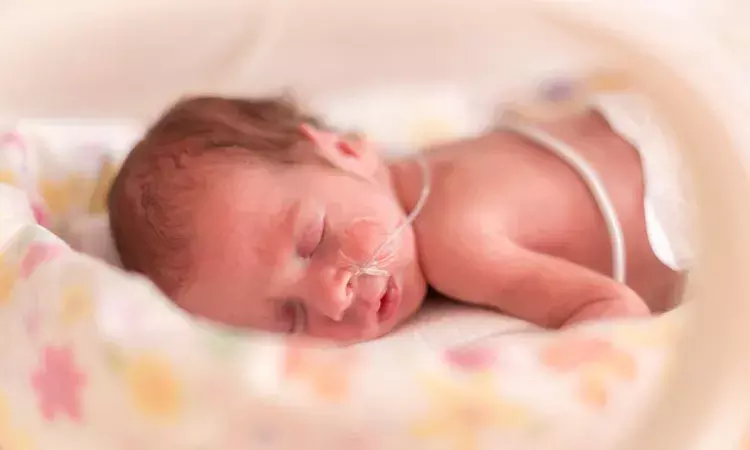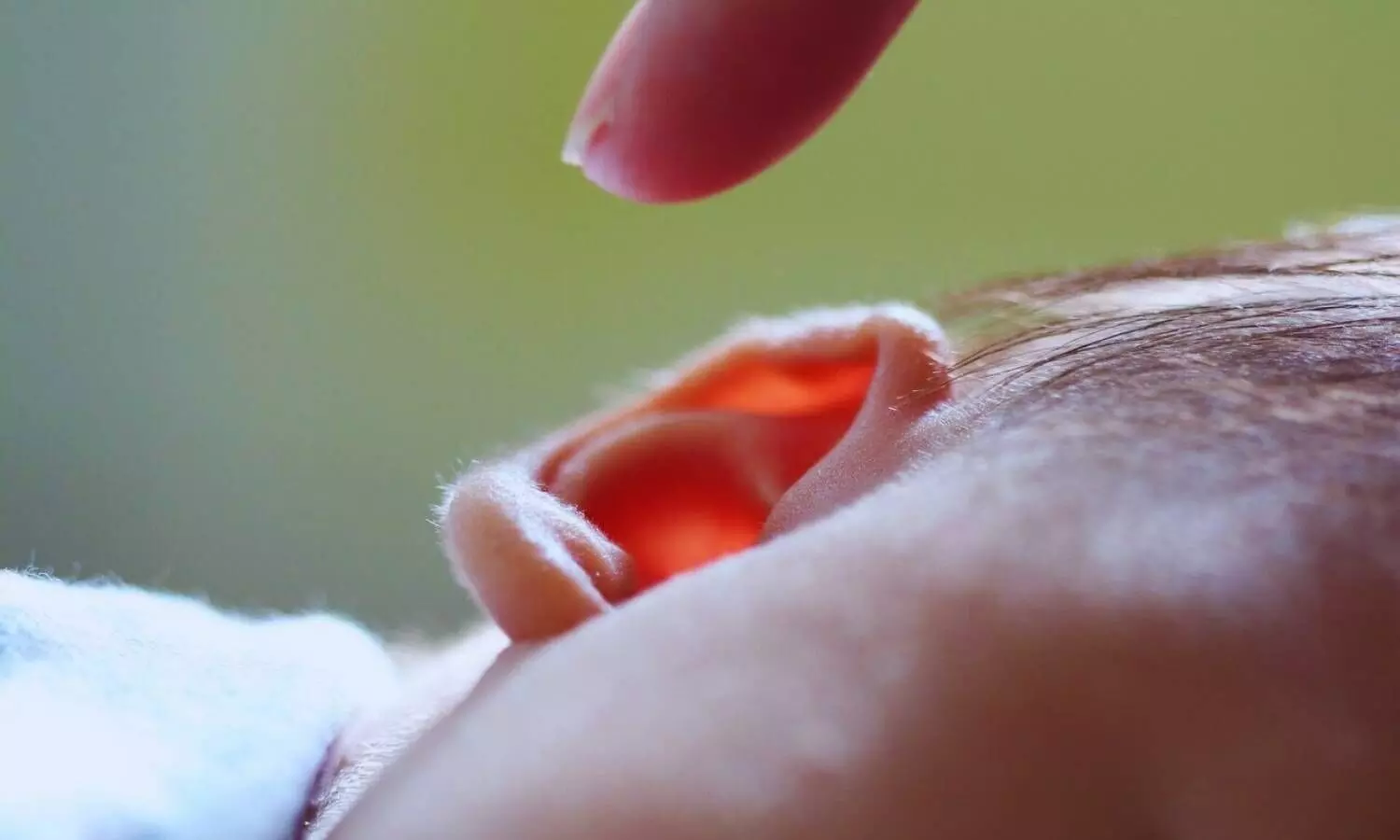- Home
- Medical news & Guidelines
- Anesthesiology
- Cardiology and CTVS
- Critical Care
- Dentistry
- Dermatology
- Diabetes and Endocrinology
- ENT
- Gastroenterology
- Medicine
- Nephrology
- Neurology
- Obstretics-Gynaecology
- Oncology
- Ophthalmology
- Orthopaedics
- Pediatrics-Neonatology
- Psychiatry
- Pulmonology
- Radiology
- Surgery
- Urology
- Laboratory Medicine
- Diet
- Nursing
- Paramedical
- Physiotherapy
- Health news
- Fact Check
- Bone Health Fact Check
- Brain Health Fact Check
- Cancer Related Fact Check
- Child Care Fact Check
- Dental and oral health fact check
- Diabetes and metabolic health fact check
- Diet and Nutrition Fact Check
- Eye and ENT Care Fact Check
- Fitness fact check
- Gut health fact check
- Heart health fact check
- Kidney health fact check
- Medical education fact check
- Men's health fact check
- Respiratory fact check
- Skin and hair care fact check
- Vaccine and Immunization fact check
- Women's health fact check
- AYUSH
- State News
- Andaman and Nicobar Islands
- Andhra Pradesh
- Arunachal Pradesh
- Assam
- Bihar
- Chandigarh
- Chattisgarh
- Dadra and Nagar Haveli
- Daman and Diu
- Delhi
- Goa
- Gujarat
- Haryana
- Himachal Pradesh
- Jammu & Kashmir
- Jharkhand
- Karnataka
- Kerala
- Ladakh
- Lakshadweep
- Madhya Pradesh
- Maharashtra
- Manipur
- Meghalaya
- Mizoram
- Nagaland
- Odisha
- Puducherry
- Punjab
- Rajasthan
- Sikkim
- Tamil Nadu
- Telangana
- Tripura
- Uttar Pradesh
- Uttrakhand
- West Bengal
- Medical Education
- Industry
Intact cord resuscitation tied to effective physiological transition after birth in babies vs immediate cord clamping

A new trial found that resuscitation with an intact cord makes the postnatal physiological transition easier for preterm and term neonates than resuscitation after immediate cord clamping. The trial results were published in The Journal of Pediatrics.
There is a high risk of morbidities like intraventricular hemorrhage or hypoxic-ischemic encephalopathy in preterm or term infants. Sometimes infants may need immediate resuscitation. But there is uncertainty about cord clamping and resuscitation. Hence researchers conducted an open-label, parallel-group, randomized controlled superiority trial in a tertiary care hospital in India to compare the effect of intact cord versus clamped cord resuscitation on the physiological transition of neonates receiving positive pressure ventilation (PPV) at birth.
As per the Neonatal Resuscitation Program algorithm, neonates being born at ≥ 34 weeks of gestation after a complicated pregnancy or labor were randomized just before birth to receive resuscitation with either an intact cord or early cord clamping. They were grouped under the intact cord resuscitation or ICR group and the early cord clamping-resuscitation or ECR group. The intervention was done based on the need for PPV in the neonate at birth. The primary outcome was an 'expanded Apgar score' at 5 minutes after birth.
Results:
- Birth weight, gestation, and incidence of pregnancy complications were similar in the two study groups.
- The proportion of neonates who received PPV was lower in the ICR group (28.7% vs 36.5%).
- Among neonates who received PPV, the expanded Apgar score at 5 minutes was significantly higher in the ICR group.
- The ICR group showed higher expanded Apgar scores at 10 minutes, Apgar scores at 5- and 10-minutes, and oxygen saturation at 1, 5, and 10 minutes.
Thus, intact cord resuscitation shows an effective postnatal physiological transition in preterm and term neonates than the standard practice of resuscitation after immediate cord clamping.
Further reading: Raina JS, Chawla D, Jain S, Khurana S, Sehgal A, Rani S. Resuscitation with intact versus clamped cord in late preterm and term neonates: A randomized controlled trial [published online ahead of print, 2022 Oct 17]. J Pediatr. 2022;S0022-3476(22)00898-8. doi:10.1016/j.jpeds.2022.08.061
BDS, MDS
Dr.Niharika Harsha B (BDS,MDS) completed her BDS from Govt Dental College, Hyderabad and MDS from Dr.NTR University of health sciences(Now Kaloji Rao University). She has 4 years of private dental practice and worked for 2 years as Consultant Oral Radiologist at a Dental Imaging Centre in Hyderabad. She worked as Research Assistant and scientific writer in the development of Oral Anti cancer screening device with her seniors. She has a deep intriguing wish in writing highly engaging, captivating and informative medical content for a wider audience. She can be contacted at editorial@medicaldialogues.in.
Dr Kamal Kant Kohli-MBBS, DTCD- a chest specialist with more than 30 years of practice and a flair for writing clinical articles, Dr Kamal Kant Kohli joined Medical Dialogues as a Chief Editor of Medical News. Besides writing articles, as an editor, he proofreads and verifies all the medical content published on Medical Dialogues including those coming from journals, studies,medical conferences,guidelines etc. Email: drkohli@medicaldialogues.in. Contact no. 011-43720751




